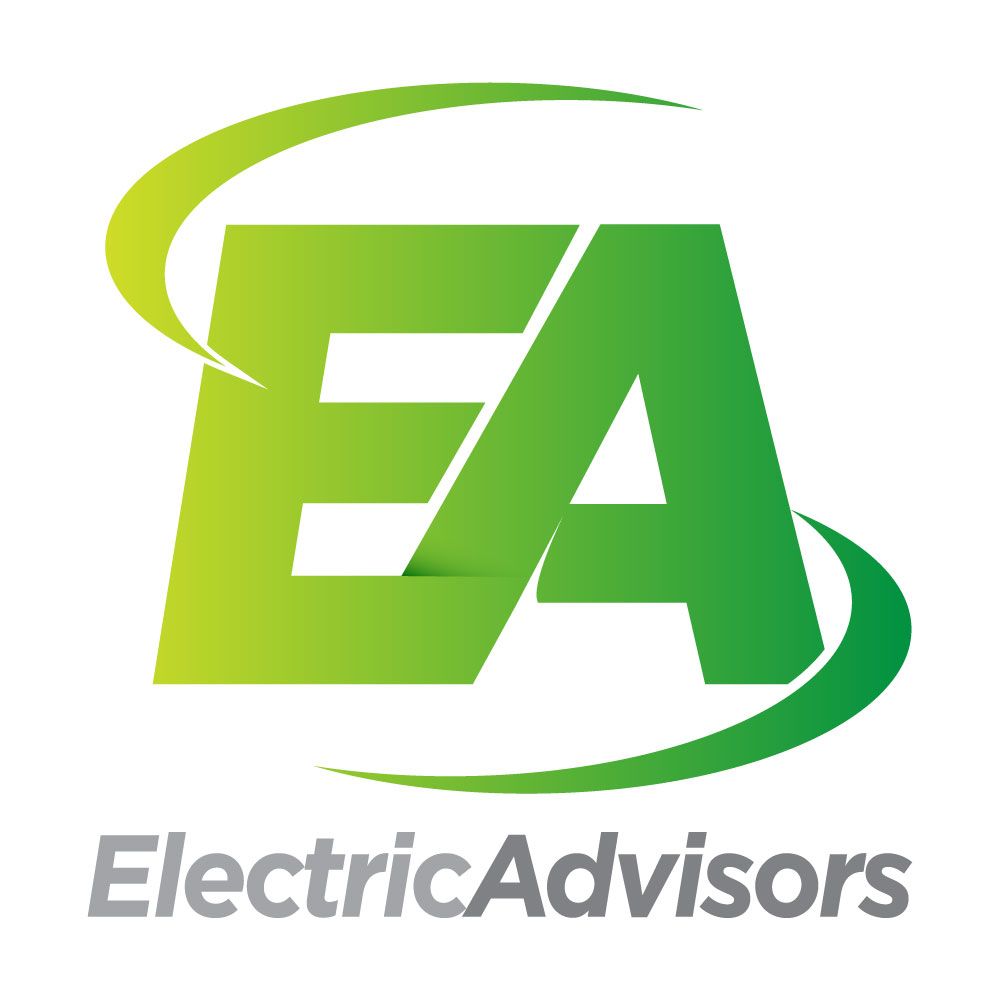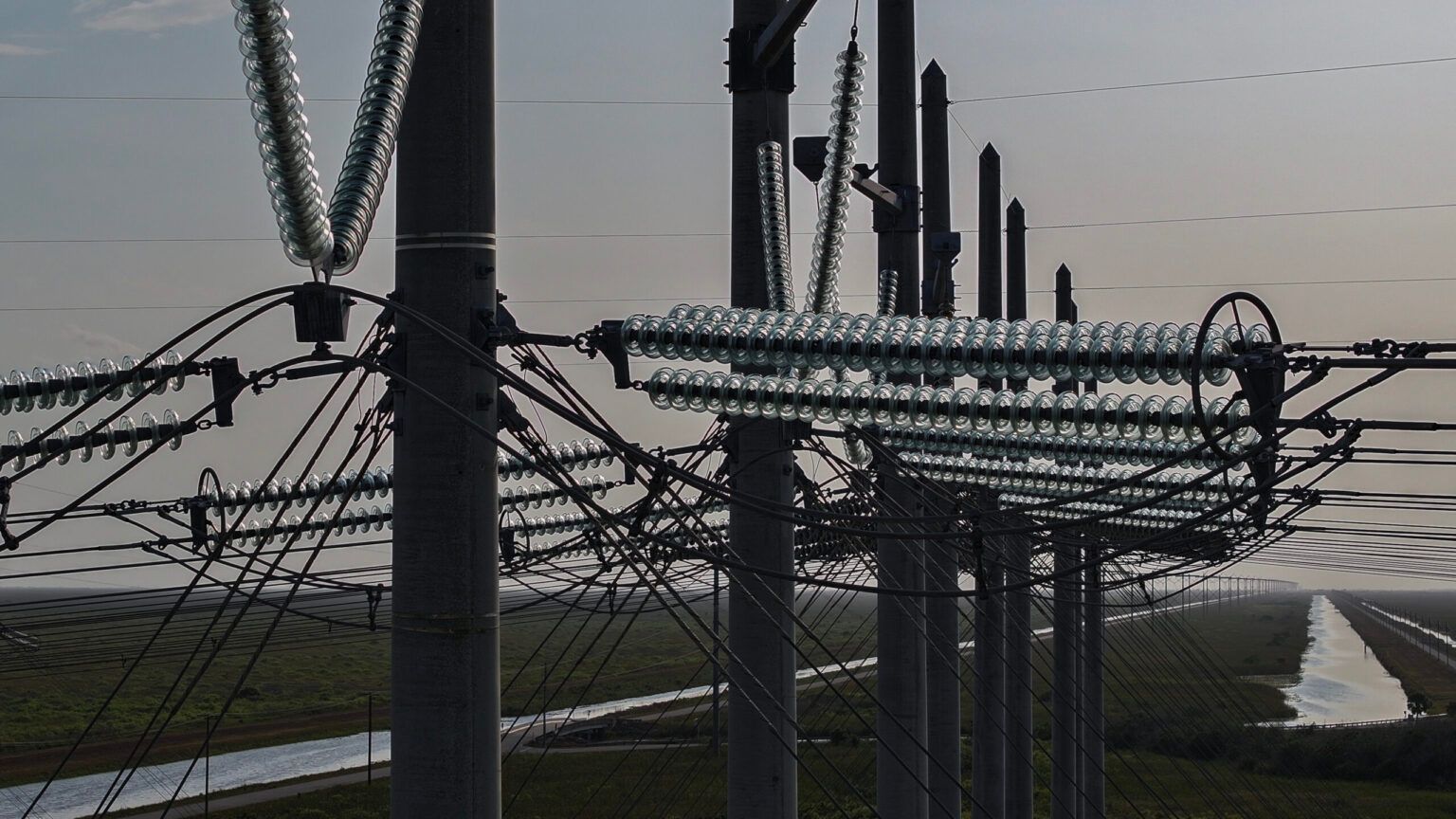Important: Recent Utility Bill Account Number Changes
If you receive a utility bill from a Pepco Holdings Inc (PHI) subsidiary (Pepco, Delmarva, Atlantic City Energy) you now have a new 11-digit account number and a new 22-digit service number. Both numbers are important and have different uses. Links to the websites of the effected utilities FAQ pages are at the end of this post for you to peruse.
Your new 11-digit account number appears as usual on the first page of your invoice. Per the utilities affected by this change, if you are set up on automatic payments your account number will be automatically updated in their systems. However, you may need to alert your accounts payable department if you have multiple meters to ensure proper alignment between the new and old account numbers. Please note: your Meter number did not change! Only your account number.
On page two of your bill you will see a new 22-digit service number. Why? We have asked a Pepco representative for the reasoning behind the change, but were lead back to the website, which offers no explanation. But that 22-digit number is important! It is the number you need to use if a company like Electric Advisors is working with you to shop your electricity supply needs.
Pepco does state on its web site that because this rollout is system wide, it is possible that some customers billing periods may be longer than usual - up to 42 days. However, this is only temporary and the next month’s billing period should be back to normal.


All Rights Reserved
Stay Connected
We will get back to you as soon as possible.
Please try again later.


